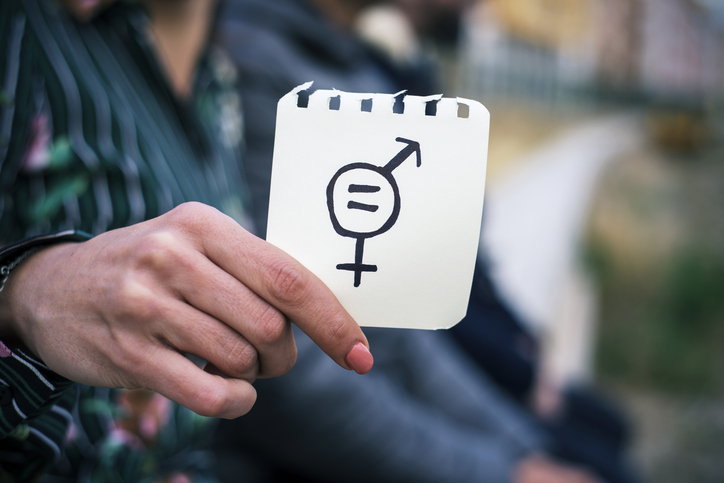Women barristers took home just 15 per cent of the $270 million total in briefing fees paid to Australian barristers in the 2016-2017 financial year – despite doing 20 per cent of the work, according to a new report.
The first tranche of data from the Law Council of Australia’s Equitable Briefing Policy has revealed women are still battling bias and inequity at the bar.
The report compared the total earnings to the number of briefings for men and women in the 2016-2017 financial year and found male barristers received 85 per cent of the fees charged, for undertaking just 80 per cent of the work. Although the Law Council said women now make up almost 25 per cent of barristers in the nation, they receive just 15 per cent of total fees.
“Shifting a longstanding culture will not happen overnight,” said Law Council President Morry Bailes. “Yet we are confident that through the conscious efforts of signatories in volunteering to self-regulate, coupled with steadfast regular reporting, we can make a real difference in the coming years.”
Bailes noted that inequity remained at the bar, despite female solicitors and law graduates now outnumbering their male counterparts, as was reported in the Law Society of NSW’s 2017 National Profile of the Profession.
“We know that women are graduating from Australian law schools in significantly larger numbers than their male counterparts, yet they make up a lower percentage of barristers (23 per cent in 2015),” said Bailes. “[They] spend fewer hours in court, and get paid less in fees. As a profession we can and must improve in this area.”
The Law Council report drew data from 4,855 briefings that were submitted by law firms, companies and barristers who had signed its landmark Equitable Briefing Policy since it was launched in 2016.
The policy was launched to increase female barrister numbers and representation in the superior courts, with a target of briefing women in at least 30 per cent of all matters – and paying the proportionate 30 per cent value of all brief fees – by 2020. “I note that the trend for junior women barristers is encouraging,” said Bailes, pointing to data in the report that showed women received 28 per cent of briefs among junior barristers.
“We are hopeful we will see those junior barrister trends graduating into the senior barrister ranks over time.”




